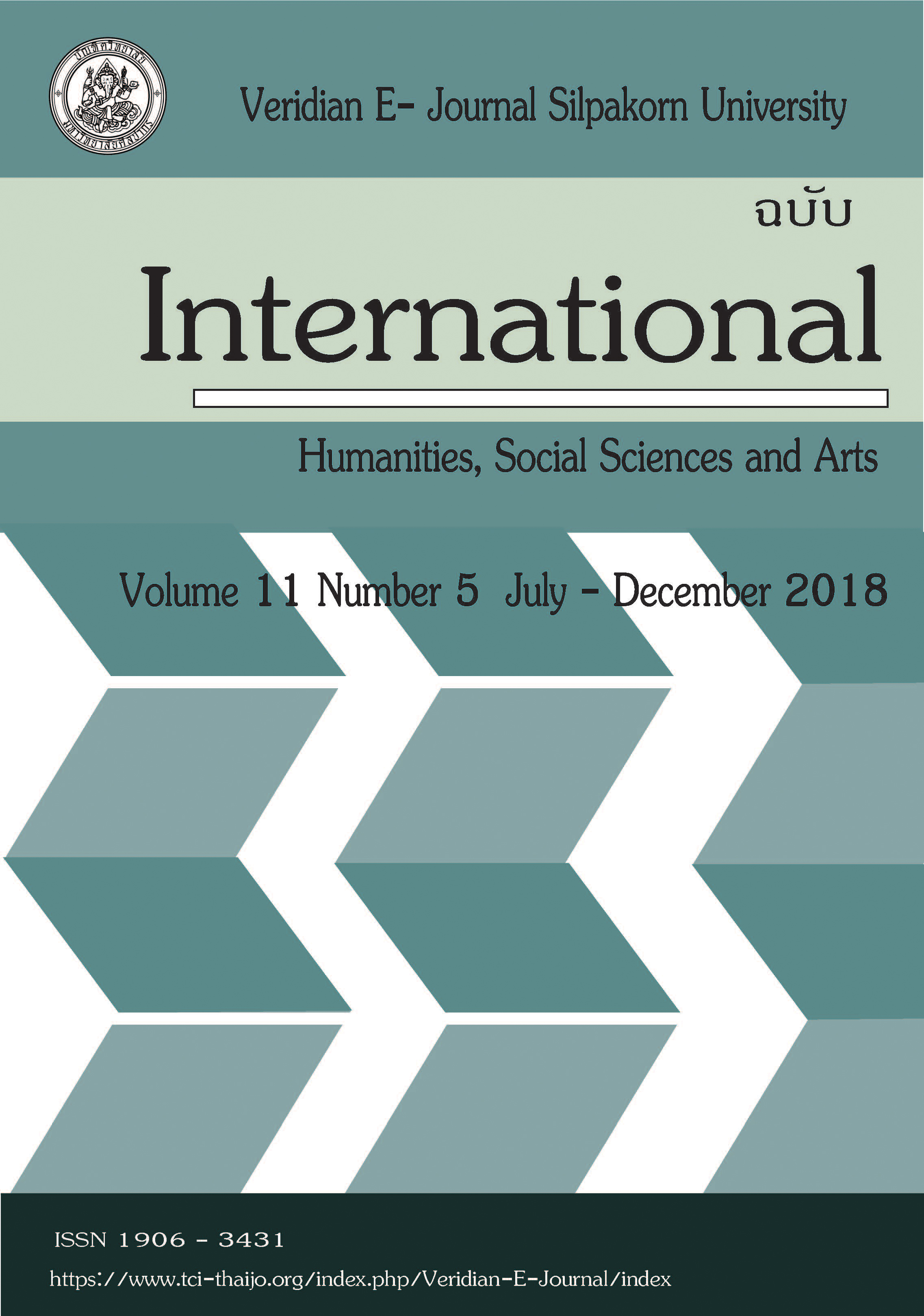GUIDELINES FOR COMMUNITY CONSERVATION AND DEVELOPMENT: THE TRADITIONAL COMMUNITIES OF WAT KET, CHIANG MAI PROVINCE
Main Article Content
บทคัดย่อ
Chiangmai, a province in the northern region of Thailand, is internationally known as a progressive, developing city and a famous tourist attraction. The government has approved random, uncoordinated construction plans such as for roads and housing estates to develop Chiangmai and its economy. Consequently, most of the local communities are dissatisfied with these unpredictable plans so they have stood up against the government, forming assemblies to reclaim the rights they once had. Unfortunately, only one community, Wat Ket, has succeeded to defer the road expansion plans from the government that would completely destroy their beloved historical sites, engraved with memories from generation to generation.
Wat Ket is a community of cultural diversity, filled with people from many religions and ethnicities such as Buddhists, Christians, Muslims, Chinese, Thai natives, Indians, Burmese and other nationalities. Due to its history of being an old port city, Wat Ket is one of the historical community sites in Chiangmai. Even though this diversity would seem to present a problem in uniting the people of different cultures to stand up against the state's interference that might greatly damage the community, Wat Ket community has proved very effective in uniting themselves together as one and to become a strong community that is able to protect their own architectural and cultural heritage. They changed the government's idea of modifying the area into a business district towards conserving the heritage instead. Nowadays, the form of assembly that was formed by a small group of people to preserve their historical heritage for later generations is hardly to be found in the wider society due to the materialist focus of both people, corporations and governments, which is increasing with each day. Most nations tend to focus only on economic development goals without concern for the cultural significance of places. Many developing cities such as Kuala Lumpur, Seoul or Singapore have developed rapidly and later faced multiple difficulties to revitalize old bypassed areas. Wat Ket can offer a model for community action to safeguard such areas from such misguided, single-purpose development. This dissertation recounts the case of Wat Ket community, stressing its success in assembling people from different ethnic groups and different religions. It also shows the important role of local community leaders in getting the community together. This unity is seen as the most distinctive characteristic for success in community management in both conservation and development.

